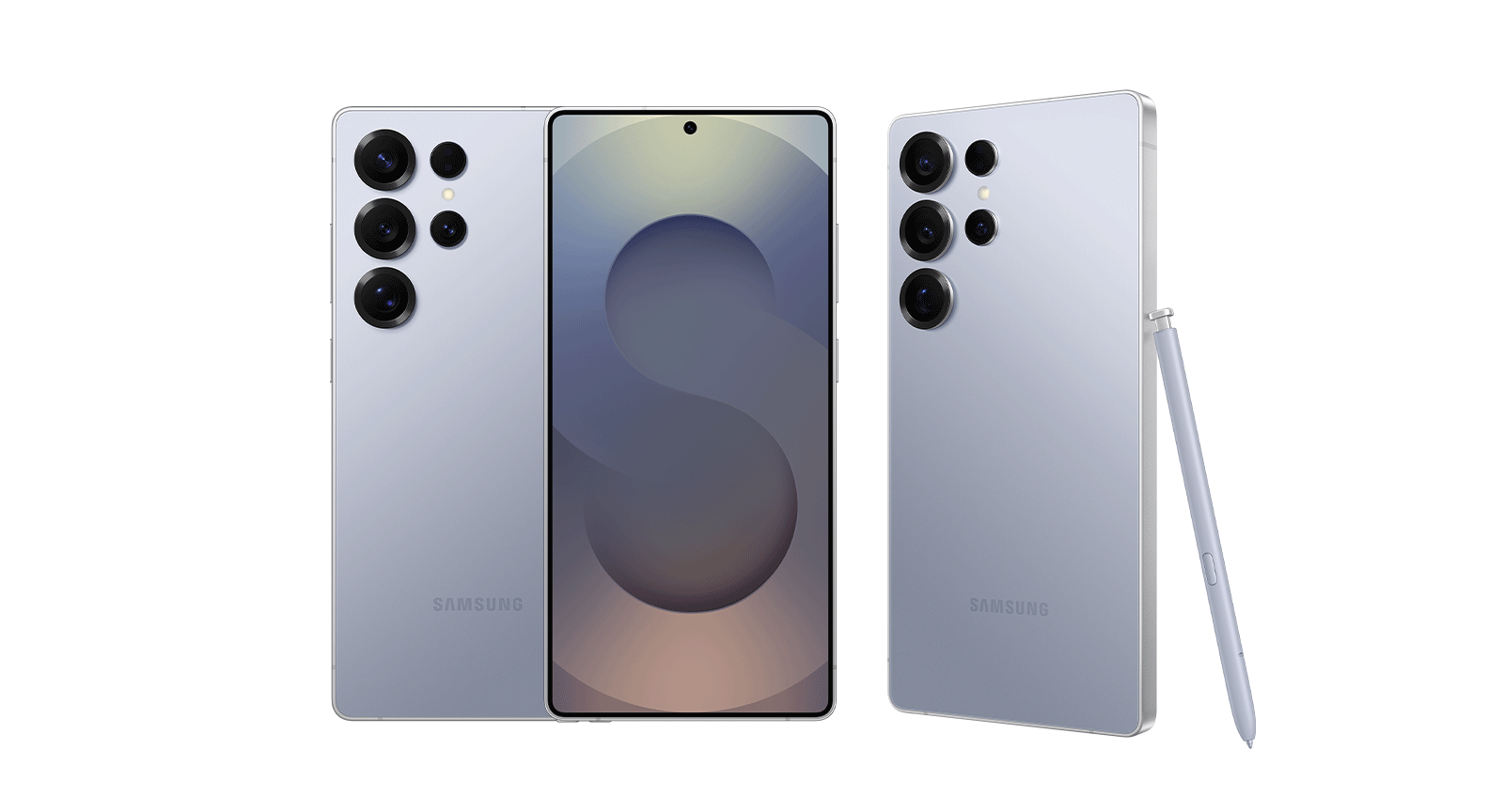Brand Overview
Brand:
Samsung India
Parent Company:
Samsung Electronics Co. Ltd.
Core Categories:
Consumer Electronics
Market Context at Entry (1995)
- Liberalization (1991) had opened India to global players.
- Consumer durables and electronics markets were fragmented, dominated by Indian brands (BPL, Videocon, Onida, Weston) and early MNC entrants (Sony, LG).
- Mobile phones were niche and luxury products; fixed line dominated.
- A large emerging middle class was beginning to seek global brands.
Marketing Mix (4Ps)
Product Strategy
Pricing Strategy
- Mass customization: Served every price segment from ₹7,000 feature phones to ₹1.5 lakh flagship foldables.
- Premium pricing: For S series, Note, Foldables to maintain brand equity.
- Aggressive pricing: For mass-market appliances and smartphones.
- Used EMI schemes, exchange offers, and cashback deals heavily.
Promotion Strategy
- Consistent focus on “innovation made accessible.”
- High-spend on:
- TV & digital campaigns
- Celebrity endorsements (Aamir Khan, Alia Bhatt, MS Dhoni, Ranbir Kapoor, Shahid Kapoor, among others)
- IPL sponsorships, youth festivals
- Heavy emphasis on product demos, influencer unboxings, and partnerships with retailers and e-commerce players (Amazon, Flipkart).
Distribution Strategy
- Dual-channel dominance:
- Online: Amazon, Flipkart, Samsung e-store (especially for M series).
- Offline: Large chain stores (Croma, Reliance Digital) and thousands of Samsung Smart Cafes and partner stores.
- Deep penetration into semi-urban and rural areas.
- Large-scale manufacturing in Noida and Sriperumbudur (Tamil Nadu) ensuring fast supply chain.
Competitive Landscape
| Segment | Key Competitors |
| Smartphones | Xiaomi, Vivo, Oppo, Realme, Apple |
| TVs | LG, Sony, Xiaomi |
| Appliances | LG, Whirlpool, Godrej, IFB |
| Premium | Apple (smartphones), Sony (TVs), Dyson (home appliances) |
Samsung's Edge:
- Diversification across categories
- Wide price spectrum
- Constant innovation
- Manufacturing scale and "Make in India" advantage
Consumer Perception & Emotional Connect
- Early: Trust, Korean quality, long-lasting appliances.
- Mid: Affordable luxury, youth appeal, reliable smartphones.
- Now: Technology leader, innovation pioneer (foldables, AI-powered appliances, 5G), and strong after-sales support.
Challenges & Responses
| Challenges | Responses |
| Chinese smartphone competition | Revamped product mix (M, A series); localized pricing |
| Price war in TVs | Focused on QLED, Neo QLED, and smart features |
| Service perception | Expanded customer service touchpoints |
| Shift to online retail | Strengthened online-exclusive models |
| Component shortages | Used global supply chain advantage |
Key Phases of Growth
Phase 1 (1995–2005): Building Brand Presence in Consumer Electronics
- Started with CRT TVs, refrigerators, and washing machines.
- Focused on quality and product innovation vs. price competition.
- Established R&D and manufacturing in India:
- Noida factory (1996)
- Chennai factory (2007)
- Entered mobile phones (feature phones) when Nokia was dominant.
- Products like Samsung Guru offered sturdy, affordable handsets.
- Built rural presence through distribution and service network.
- Introduced CDMA handsets with Reliance and Tata Indicom partnerships.
- Introduced Galaxy series (2010) – critical turning point.
- Early Android leader with models like:
- Galaxy S (2010)
- Galaxy Y (2011) – huge among Indian youth
- Galaxy Note (2011) – introduced phablets
- Aggressive pricing, wide portfolio from entry to premium segments.
- Surpassed Nokia to become India's top phone brand (2012-13).
- Faced intense challenge from Xiaomi, Vivo, Oppo.
- Revamped strategy with:
- Galaxy J series (budget)
- Galaxy A series (mid-premium)
- Marketing heavily to aspirational middle class.
- Expanded appliances leadership: smart TVs, high-end refrigerators, washing machines.
- Reorganized portfolio:
- Phased out J-series.
- Strengthened Galaxy A, M, F series (₹10K–₹30K).
- Retained stronghold in premium (Galaxy S, Z Fold/Flip).
- Opened one of the world's largest mobile factories in Noida (2018).
- Strong growth in:
- 5G leadership
- Foldables category (first-mover advantage)
- Smart TVs and AI-powered home appliances
| Product | Launch | Impact |
| CRT TVs | 1995 | Established early trust in consumer durables |
| Samsung Guru (feature phones) | 2005–2010 | Mass-market penetration in Tier 2-3 towns |
| Galaxy S Series (smartphones) | 2010 | Flagship credibility, aspirational appeal |
| Galaxy Y | 2011 | Affordable smartphone access for youth |
| Galaxy Note (phablet) | 2011 | Category creator; professional appeal |
| Galaxy J Series | 2015 | Countered Xiaomi's rise in mass segment |
| Galaxy M & A Series | 2019–Present | Strengthened ₹15K–₹30K segment leadership |
| Foldables (Z Fold/Z Flip) | 2020 | Premium innovation; global image |
| Smart TVs (QLED, Neo QLED) | 2018+ | Leadership in home entertainment |
| Digital Inverter Appliances | 2015+ | Smart home appliances in refrigerators, washing machines |
Impact & Market Performance
- Top 2 smartphone brand in India (2023–24) — often No. 1 in premium segment.
- Largest smart TV and QLED TV seller in India.
- Leading player in refrigerators, washing machines, and air conditioners.
- Over 70,000 employees and 2 factories in India.
- Samsung's India revenue crossed ₹90,000 crore in FY 2022-23.
Key Learnings
- Localization + global innovation is the best formula for emerging markets.
- Diversification helps balance category-specific risks.
- Aggressive product refresh cycles are critical in fast-moving segments like smartphones.
- Maintaining premium brand equity while dominating mass markets is possible.
- Make in India investment boosted public perception and logistics advantage.
Summary
Samsung's India story is one of careful adaptation, relentless innovation, and strategic patience. From selling CRT TVs to becoming a leader across smartphones, TVs, and appliances, Samsung managed to build trust at the mass level while maintaining premium aspiration. Its multi-pronged product approach, local manufacturing scale, and willingness to evolve its portfolio repeatedly have made Samsung one of the most entrenched and resilient MNC brands in India.











